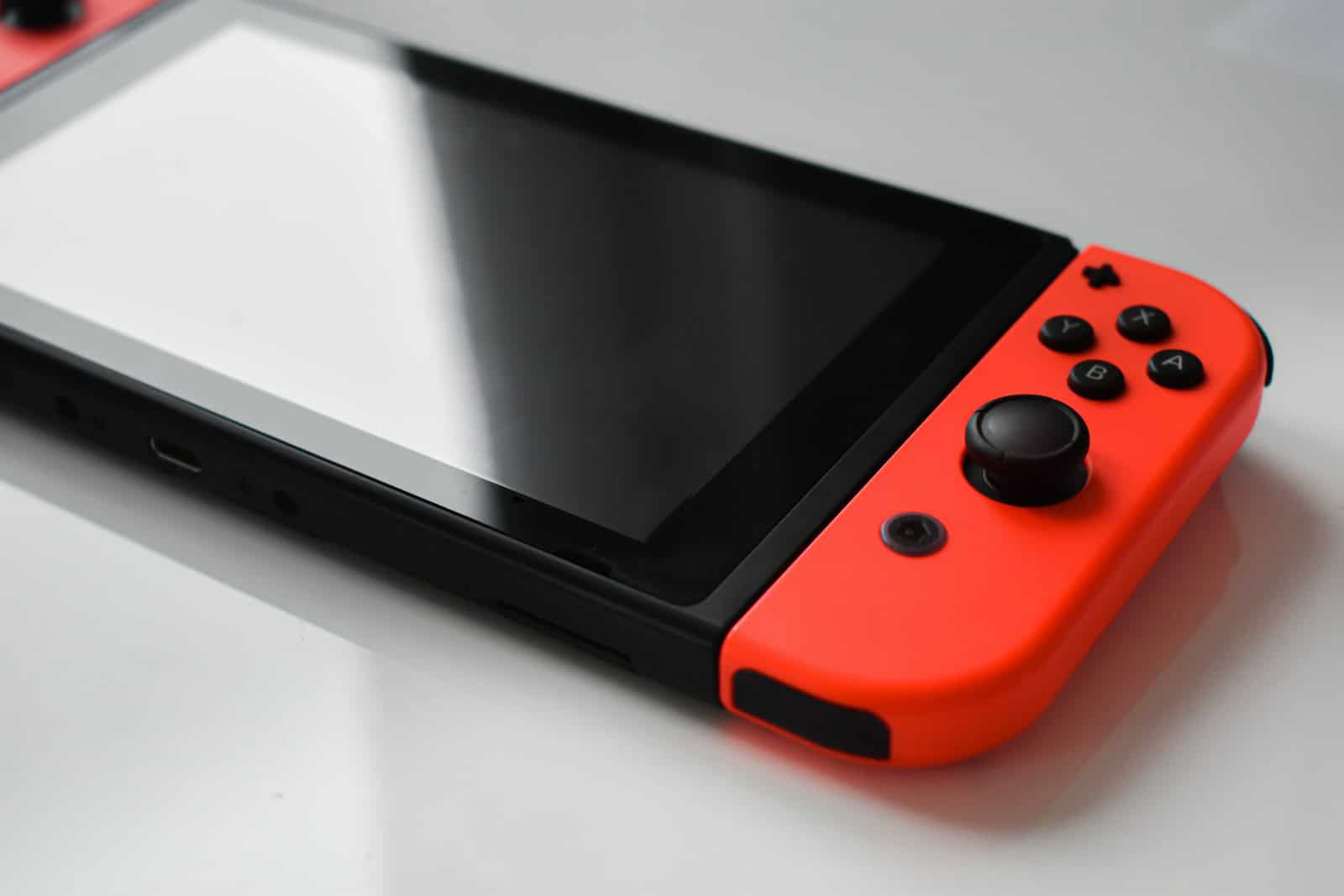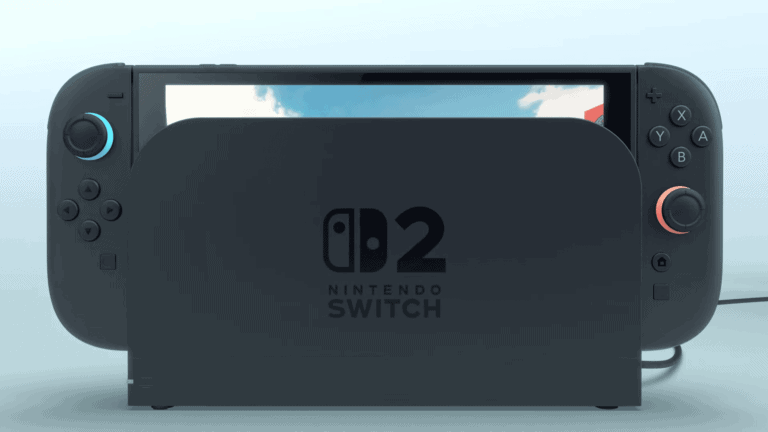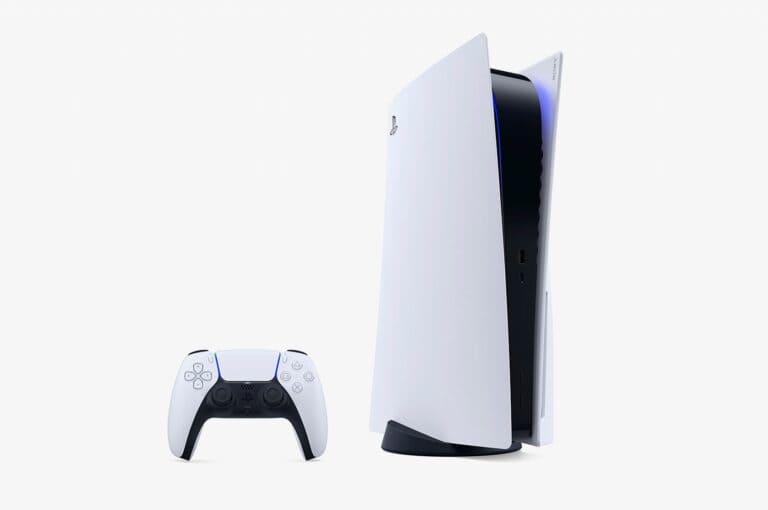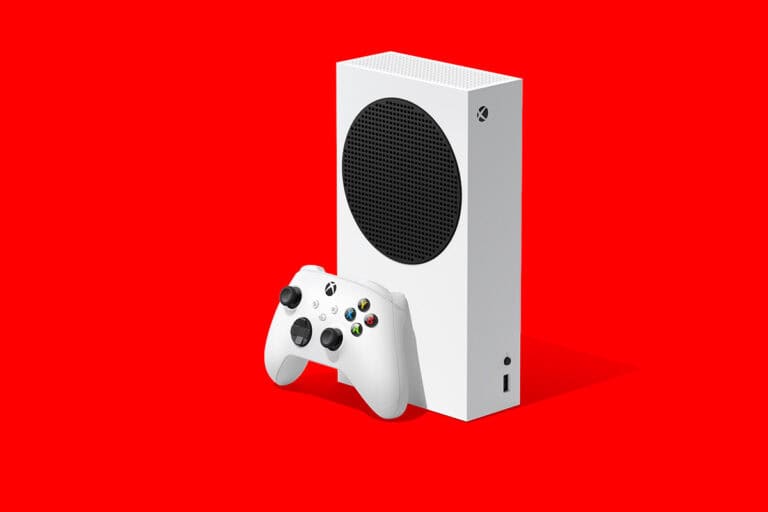
Recent leaks about the Nintendo Switch 2 suggest it will feature advanced specifications, including a sophisticated NVIDIA chip and enhanced RAM. The evolution of the console aims to blend innovative technology with traditional Nintendo values, appealing to both loyal fans and newcomers.
The original Nintendo Switch, launched in 2017, has sold over 125 million units, but its hardware is becoming outdated compared to competitors like the Steam Deck. An upgrade to a newer NVIDIA SoC and LPDDR5 RAM is anticipated for the Switch 2, which is necessary to meet the requirements of modern games.
Nintendo Switch 2 Hardware Details
What the Leak Shows
Recent online leaks claim to reveal key components of the Nintendo Switch 2’s motherboard. Images surfaced on platforms like Reddit, showing what is purported to be the internal hardware. These leaks have generated significant discussion among gamers and tech enthusiasts. The most talked-about details concern the system-on-a-chip (SoC) and the RAM.
NVIDIA SoC: What We Think We Know
The leaks point to the continued use of an NVIDIA SoC in the Switch 2. NVIDIA provided the SoC for the original Switch as well. The exact architecture of this new chip is still uncertain. Some sources suggest it is based on an older architecture, while others speculate about newer, more powerful designs. A more powerful SoC would mean better graphics and processing for games. This could lead to smoother gameplay, higher resolutions, and more detailed game worlds.
RAM Specifications: A Speed Boost
The leaked images also indicate the use of LPDDR5 RAM from SK Hynix. This type of RAM is a significant upgrade from the LPDDR4 RAM found in the current Switch. LPDDR5 RAM offers faster data transfer speeds and improved power efficiency. This upgrade could significantly improve game loading times and overall system performance. The increase in speed could also allow developers to create more complex and demanding games for the Switch 2.
Comparing RAM Options
| RAM Type | Data Transfer Speed (Theoretical) | Power Efficiency | Use in Switch Consoles |
|---|---|---|---|
| LPDDR4 | Up to 4266 Mbps | Lower | Original Nintendo Switch |
| LPDDR5 | Up to 6400 Mbps | Higher | Rumored for Nintendo Switch 2 |
As you can see, LPDDR5 offers a significant speed advantage. This faster memory is crucial for handling the demands of modern games.
Is It Real? Taking Leaks With a Grain of Salt
It’s very important to remember that these are leaks, not official announcements. Nintendo has not confirmed any of these details. Leaks can be inaccurate, or the information may change before the final product is released. It’s always best to wait for official information from Nintendo before drawing any firm conclusions.
What It Means for Gamers
If the leaks are accurate, the Switch 2 could offer a noticeable jump in performance compared to its predecessor. This could lead to a better gaming experience with improved graphics, smoother frame rates, and faster loading times. It could also open the door for more demanding games to be released on the platform.
Looking Ahead: What We Expect From Nintendo
While these leaks offer a glimpse into the potential hardware of the Switch 2, several key questions remain unanswered. We still don’t know the exact specifications of the NVIDIA SoC, the storage capacity of the console, the design of the controllers, or the release date. Nintendo will likely reveal more information in the coming months.
The Impact of Semiconductor Advancements on Gaming Consoles
The advancements in semiconductor technology have a direct impact on the capabilities of gaming consoles. The development of more powerful and efficient SoCs and faster memory types like LPDDR5 allow console makers to deliver better gaming experiences to consumers. This ongoing progress in hardware technology is a key factor in the evolution of gaming. This is not limited to Nintendo – Sony and Microsoft also use the latest chip technology in their consoles. This tech improvement allows for better graphics, better performance, and better game design.
Short Summary:
- The leaked motherboard shows NVIDIA’s chip along with Samsung’s 8nm technology.
- The console will boast a total of 12GB of LPDDR5 RAM, tripling that of the original Switch.
- Despite technical prowess, the Switch 2 is positioned more as a side-grade than a major upgrade.
The anticipation surrounding the Nintendo Switch 2 continues to grow as leaks provide tantalizing glimpses into its design and capabilities. Most recently, a series of images featuring the console’s motherboard surfaced, revealing crucial technical specifications and components that promise to shape the gaming experience for players. These leaks have circulated widely, generating excitement and speculation among fans and industry experts alike.
At the heart of the Switch 2 lies an NVIDIA SoC (System-on-Chip), which is confirmed to utilize Samsung’s 8nm fabrication process. This revelation has led to a deeper analysis of the chip itself. While specific markings on the chip remain obscured, one noted aspect—bearing the code *SNW8VF*—suggests it aligns with the manufacturing techniques used for NVIDIA’s Ampere architecture.
The motherboard leak does not stop there; it also reveals that the Switch 2 will feature memory produced by SK Hynix. The configuration displays two sets of soldered memory units, likely comprising a total of 12GB LPDDR5 RAM. This represents a dramatic increase compared to the original Switch, which only offered 4GB. The enhanced memory capabilities will undoubtedly enhance processing performance and overall gaming experience on the console.
“The extensive increase in RAM suggests that the Nintendo Switch 2 is designed to handle more demanding titles and provide a more robust gaming experience,” said gaming analyst Reid Harrison.
Also, the motherboard showcases two USB-C ports, alongside a cartridge slot. Interestingly, there is no visible microSD card slot, which could indicate that Nintendo may be gearing towards alternative storage expansion solutions for the console. The absence of this slot raises questions about how players will manage their game libraries, but it could suggest a shift in design philosophy aimed at simplifying the user experience.
Although the Switch 2 is poised to accompany a powerful NVIDIA chip and substantial memory, experts contend that it is not likely to surpass current-gen consoles regarding raw graphical performance. As previously mentioned, the console is believed to operate at 4K resolution and target 30 frames per second when docked, a performance that might require additional AI-driven techniques to achieve smoothly.
“If the leaked specifications are accurate, we could see the performance gap between the Switch 2 and its competitors like the PlayStation 5 and Xbox Series X|S being more pronounced,” stated industry insider Max Reynolds.
This viewpoint is echoed by other analysts, who argue that despite its advanced components, the Switch 2 may still cater mainly to those looking for an affordable gaming experience rather than those seeking cutting-edge technology for AAA titles. Nintendo seems to be deliberately positioning the new console as more of a side grade rather than a drastic upgrade, focusing instead on accessibility and fun, casual gameplay—hallmarks of the Nintendo brand.
Nintendo’s previous statement regarding the Switch 2 suggests the company aims to serve its audience with a versatile console that retains the portability of its predecessor while fostering a large library of both new and existing playable titles. Recent sales figures indicate that the Nintendo Switch has even surpassed the lifetime sales of the iconic PlayStation 2 in the United States, proving the brand’s enduring popularity.
The mounting leaks concerning the Switch 2, including details about its dimensions, features, and design elements, have fueled speculation about its impending release. Nintendo has reportedly mentioned that an official announcement would occur before the conclusion of the current financial year, indicating a strong likelihood of a reveal by March 2025. However, some fans express growing impatience regarding when they can expect more concrete information or even a launch date.
“The number of leaks suggests that Nintendo is eager to introduce the Switch 2 to the market. The excitement among fans is palpable, and they are waiting for any signs of the official launch,” said Hideo Tanaka, a noted gaming analyst.
Additionally, the rumored feature set for the Switch 2 includes suggestions of a backward compatibility feature, which would allow it to support games from the original Nintendo Switch. Still, questions linger around whether that compatibility extends to physical cartridges or is limited strictly to downloadable software.
Speculation surrounding the game lineup for the Switch 2 is also ongoing, with fans eagerly discussing potential titles that could accompany the launch. Insiders have hinted at the possibility of faster microSD cards being supported, based on job postings from Nintendo hinting at future support for speedier storage solutions aimed at enhancing game performance.
Overall, the leaks concerning the Nintendo Switch 2’s motherboard and performance specifications paint a picture of a console that seeks to balance impressive new features with the classic Nintendo charm. With anticipation building and insights filtering through the community, fans are eager for a deeper look into what promises to be a unique addition to the gaming landscape.






